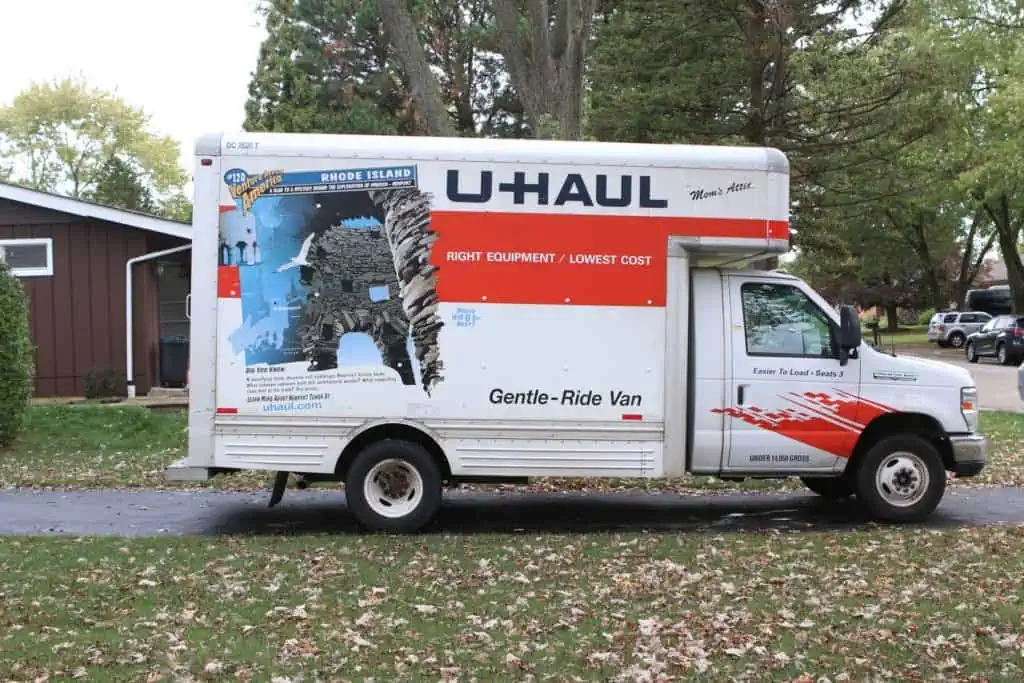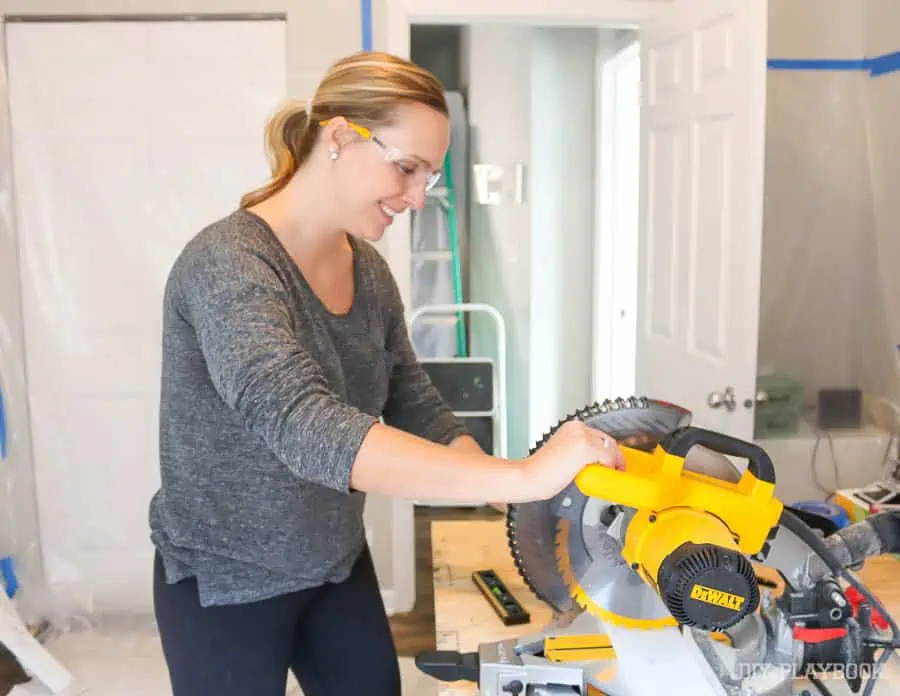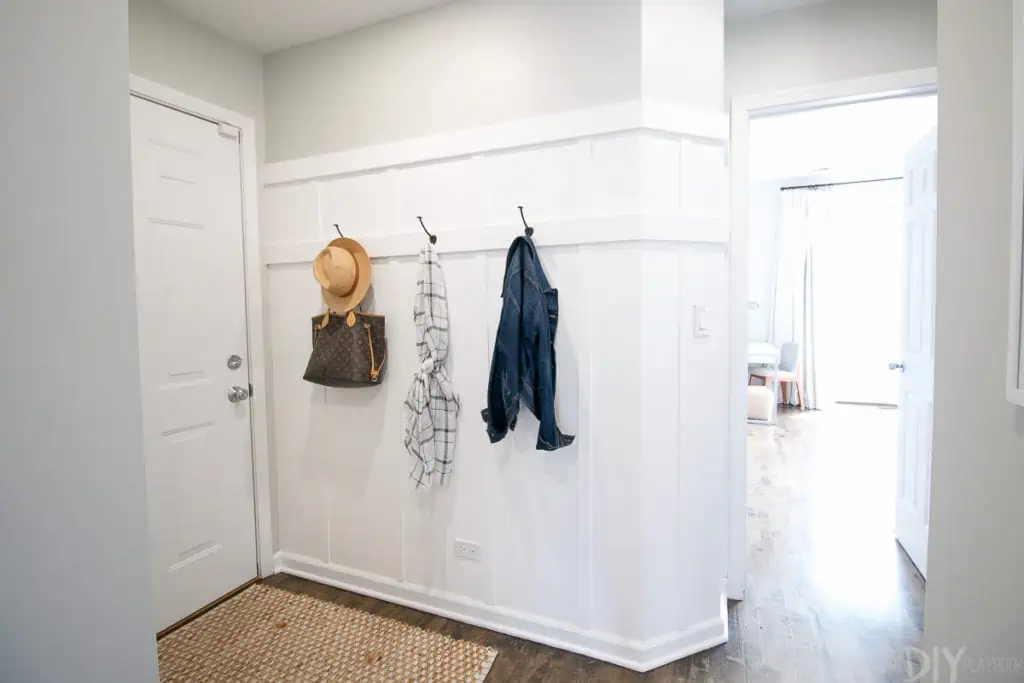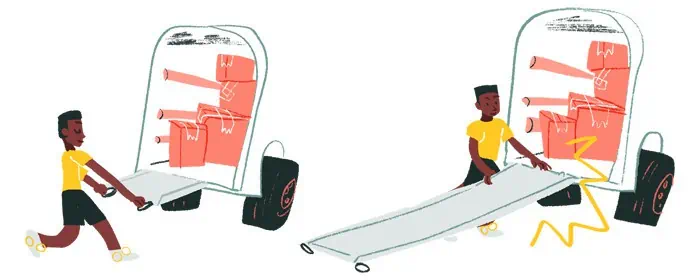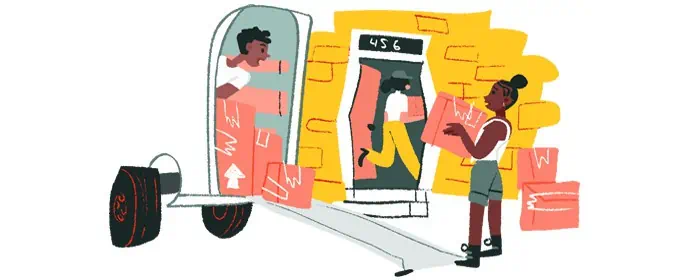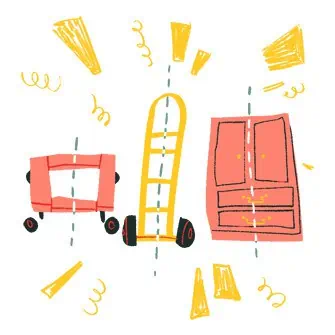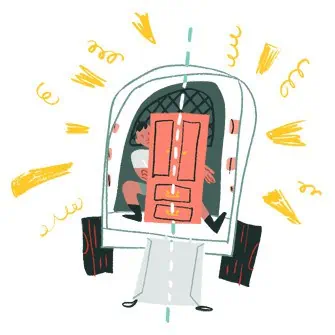Online dating fundamentally changed how we connect with others, and even how we date and fall in love. From Tinder to Bumble, Hinge, and even FarmersOnly.com, it’s easier than ever to find a match almost anywhere in the world.
Yet, while you can connect with someone on the other side of the globe, most people say they are still looking for romance close to home. In our recent survey, HireAHelper uncovers exactly what distances people are (or aren’t) willing to go to find love.
Survey highlights

- When dating, most people’s limits for finding a partner are their state borders. Two-thirds (68%) say they’d look for a partner within their state borders or closer; this includes a third (35%) who wouldn’t look for love outside their neighborhood or city.
- When dating through apps or online, the limit on love is 30 miles or less. Two-thirds of people say they’d set a dating app or site’s location radius for matches at 30 miles or closer.
- More people are against getting into a long-distance relationship (41%) than are open to it (27%). Should they find a long-distance partner, however, many would consider moving to be with them — 44% would be open to the idea, compared to 26% who would be against it.
- A long-distance relationship should last at least six months or more before considering a move to be together. 68% say they’d need to be dating for a period longer than six months.
- Among those who have moved to be with a partner, 30% met their significant other online through a dating app or site.
Two-thirds of people set a dating app location radius of 30 miles or less
After picking out your sharpest selfies, it turns out the biggest decision you make when setting up a dating profile might be setting your location radius for matches. Most dating sites and apps require that you set a location radius that tells the platform how close or far you’re willing to look for love.
Overall, 30 miles or less seems to be the magic number — about two-thirds (62%) say they would set a distance radius at or under that amount if they were to use a dating app.
“Overall, 30 miles or less seems to be the magic number.”
On dating apps, what location radius would you set as the max distance for matches?
Millennials are generally more likely to set a smaller radius, with about half (49%) open to matches within 20 miles or less. This could reflect the stage of life they are at. With more open to casual dating and also with a larger pool of peers also looking for partners, they might feel they don’t need to look very far for matches.
Men are also more likely to set a smaller radius on dating apps, with 48% setting a dating radius of 20 miles or less — compared to 42% of women.
Dating and distance: 2 in 3 wouldn’t date outside their state

When it comes to looking for a new partner, most people are unwilling to search too far from home.
We asked people to name the furthest distance they’d be willing to go to find a partner if they were to start their search today.
- About a third (35%) are willing to look for potential partners only as far as either their city or neighborhood.
- Another 29% would be willing to look within their state or closer for a partner.
- In all, two-thirds (68%) of people had distance limits within their state lines or closer.
State lines are the boundaries or potential love for most — but not all. Some people said they were willing to go the distance for true romance: 13% would be open to dating matches across state lines or further. Another 9% say they wouldn’t consider distance when dating.
Here’s a look at how dating distance preferences differed among specific demographics:
- Relationship status: Single people who are actively dating or seeking a partner are less likely to say they aren’t willing to look for partners beyond their city limits (48% compared to 39% among general respondents).
- Gender: Men are more likely to say they would only look as far as their neighborhood or city (43%) compared to women (37%).
- Orientation: People who identified as homosexual or bisexual are more likely to be willing to look for love across state lines (16%) or to not consider distance (12%).
2 in 5 are against a long-distance relationship
If you were seeking a romantic partner, how open would you be to a long-distance relationship?
In line with the trend of people saying they’d look for love closer to home, more people say they’d be against entering long-distance relationships (41%) than would be open to it. That includes 17% who would be “very against” a long-distance relationship, as well as 24% who’d be just “somewhat against” it.
“After picking out your sharpest selfies, it turns out the biggest decision you make when setting up a dating profile might be setting your location radius for matches.”
That’s far more than the 27% of people who are open to a long distance relationship, of which just 7% say they’d be “very open” to such an arrangement.
Additionally, 6% say that distance wouldn’t matter to them, and another 27% are neutral on the topic.
Going by generations, millennials are the most open to long-distance dating. Just 39% would be against it, and 30% are open to it.
People aren’t looking for long-distance love — but if they find it, they’ll chase it

It’s not a shock that most people prefer to date closer to home and would prefer not to be in a long-distance relationship. The miles between them can make it trickier for couples to connect with each other, strengthen their bond, and develop and grow as partners.
But while a long-distance relationship isn’t what most people would look for, if it happens, they say they’d move to pursue it.
“Millennials are the most open to long-distance dating.”
When asked how willing they would be to relocate for a long-distance partner, 44% say they’d be either very or somewhat open to the idea. By comparison, just 26% say they’d flat out be against (again, either very or somewhat) the idea of moving for a significant other.
But among people willing to move for love, nearly half (49%) say they’d be open to relocating across state borders or further. That includes 17% who would move as far as across the country, and 7.4% who’d consider moving out of the country for love.
To warrant a move, 2 in 3 think a relationship should be 6 months or older
The length of a long-distance relationship is also a major factor that plays into deciding whether to move for love, our survey finds. Two-thirds (68%) say they’d consider moving for a romantic partner only after being together for six months or longer.
So who would be willing to move for a partner they’ve dated for less than 6 months? Twenty percent of respondents say they’d consider moving for a partner at or before 6 months of dating.
Women are more likely to say they wouldn’t move for a romantic partner (13% women vs. 11% of men) and are more likely to expect to be together for more than a year (41% vs. 35% for men).
Men are more likely to expect to be together for a shorter time before relocating, with almost a quarter (24%) expecting to be together for 6 months or less compared to just 18% of women.
Most long-distance couples meet on dating apps and sites

Looking for love and are open to long-distance relationships? You’re best off trying your luck on dating apps and dating websites. Three in 10 people who moved for love say they met their romantic partner through a dating app or website.
But don’t be afraid to try old-fashioned matchmaking methods, either, such as getting set up or introduced by family members or friends. Twenty-two percent say they met the partner they moved for thanks to their social circle. Another 15% met their significant other in a social setting, and 14% met through work.
While most people won’t be looking for long-distance love, if it happens, moving can be a smart move. Our survey also showed that moving for love works out more than it doesn’t. Of people who have moved for love, 73% say they’re glad they took this step.
Methodology
The results for this survey were conducted on the online platform Pollfish, collecting 1,000 responses on April 23, 2019. When discussing generational trends, we matched the survey’s demographics to the age ranges that most closely matches the current ages of these groups: millennials include respondents ages 25 to 34, Generation Xers includ ages 35 to 44, and Baby Boomers include respondents ages 65 and older.
Illustrations by Deborah Lee

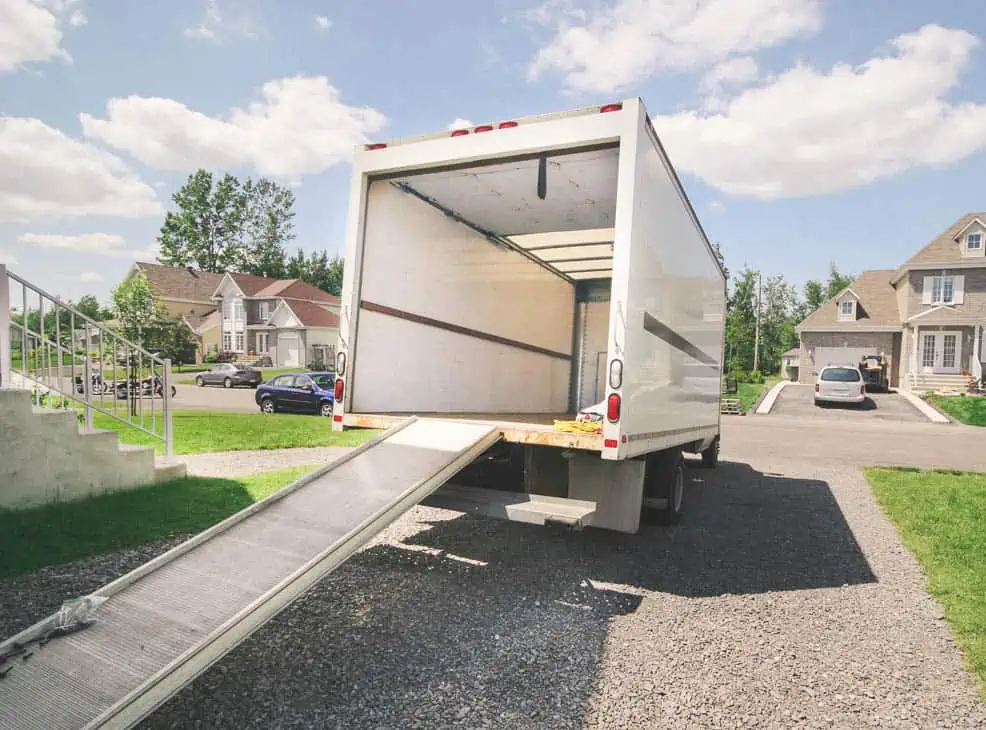
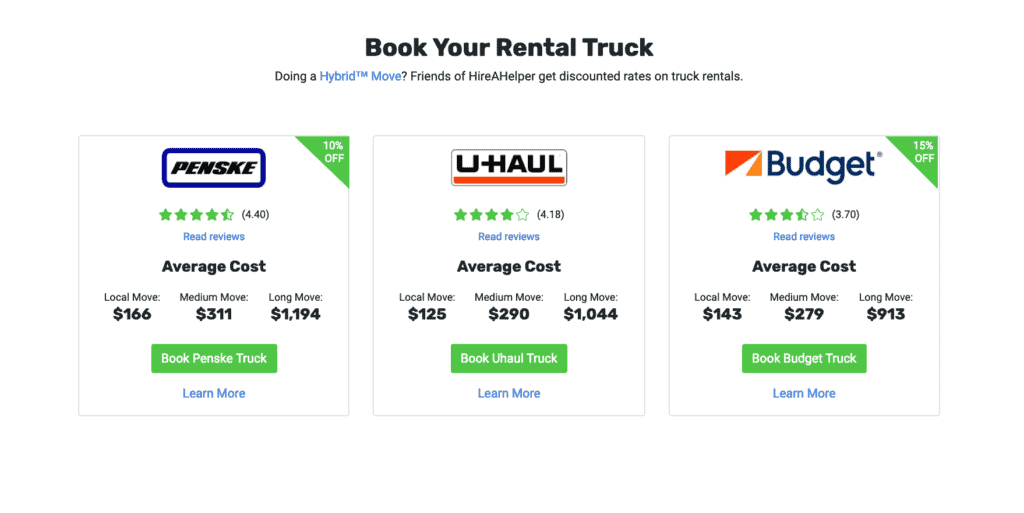
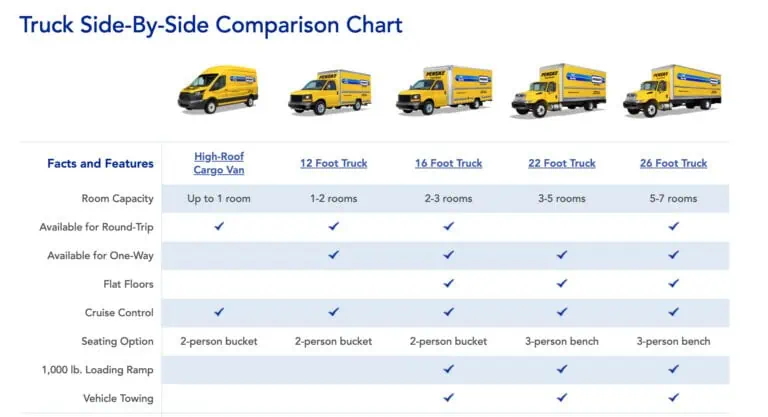





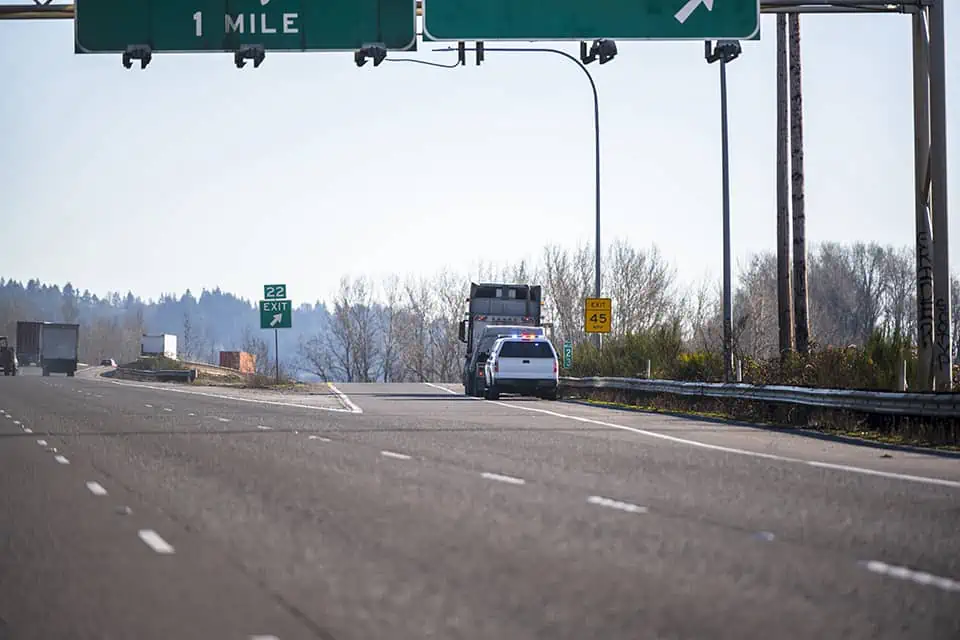



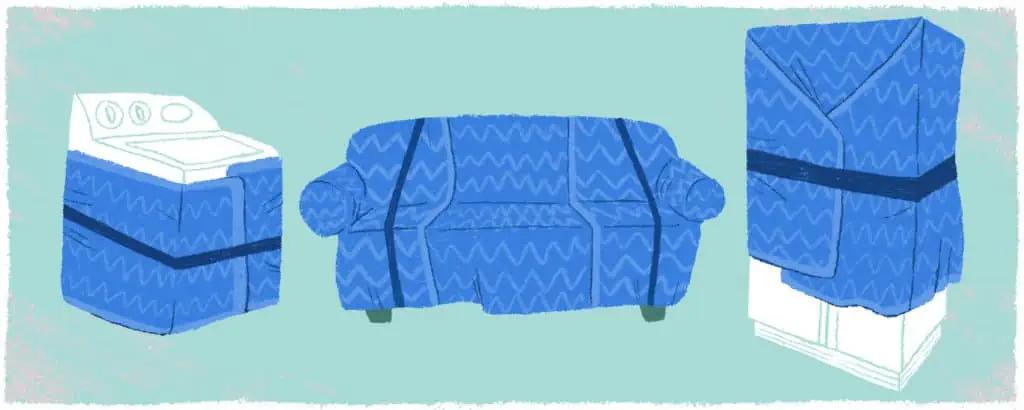
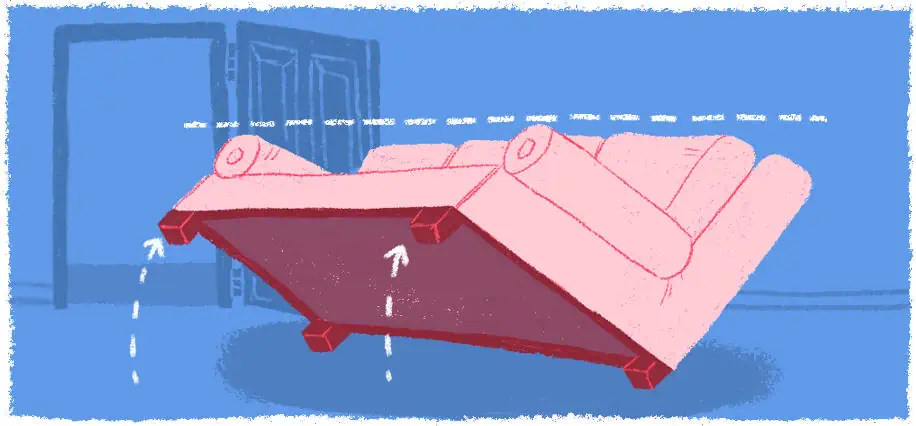
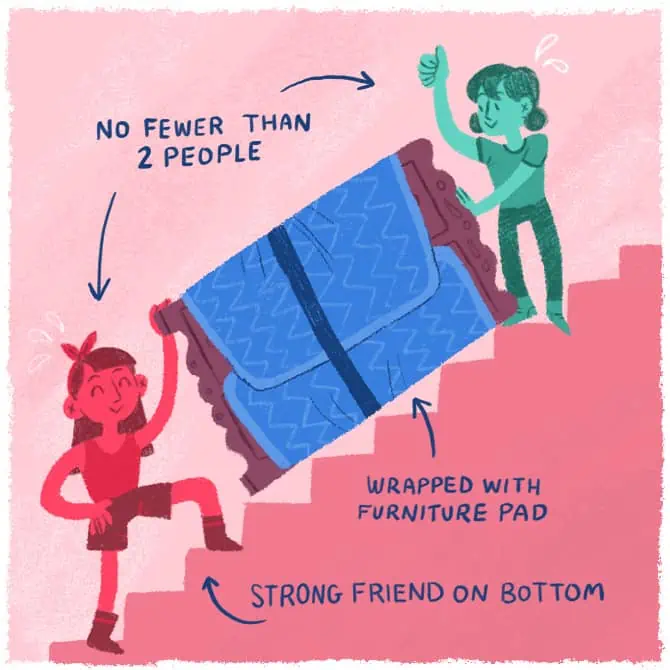

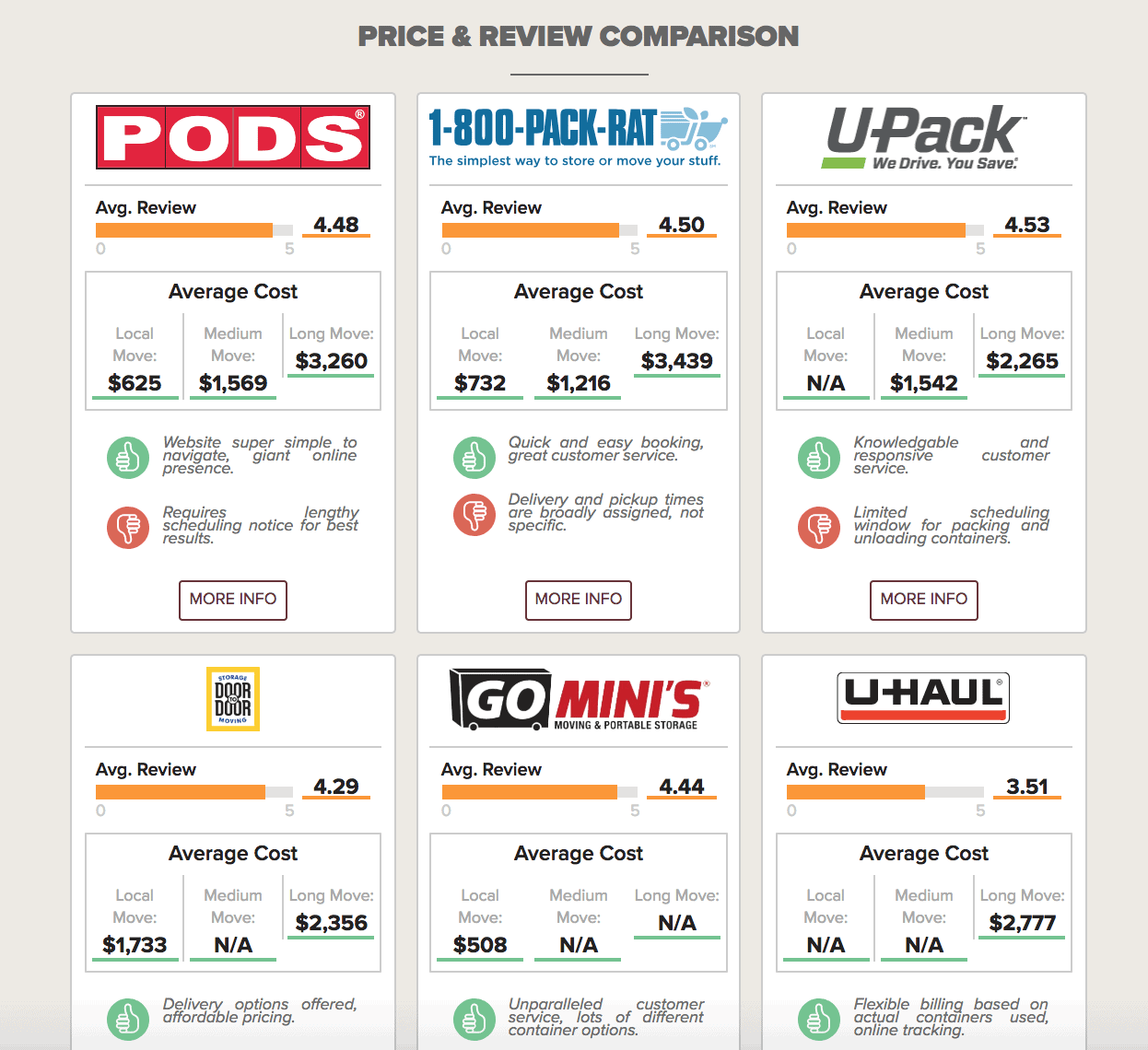
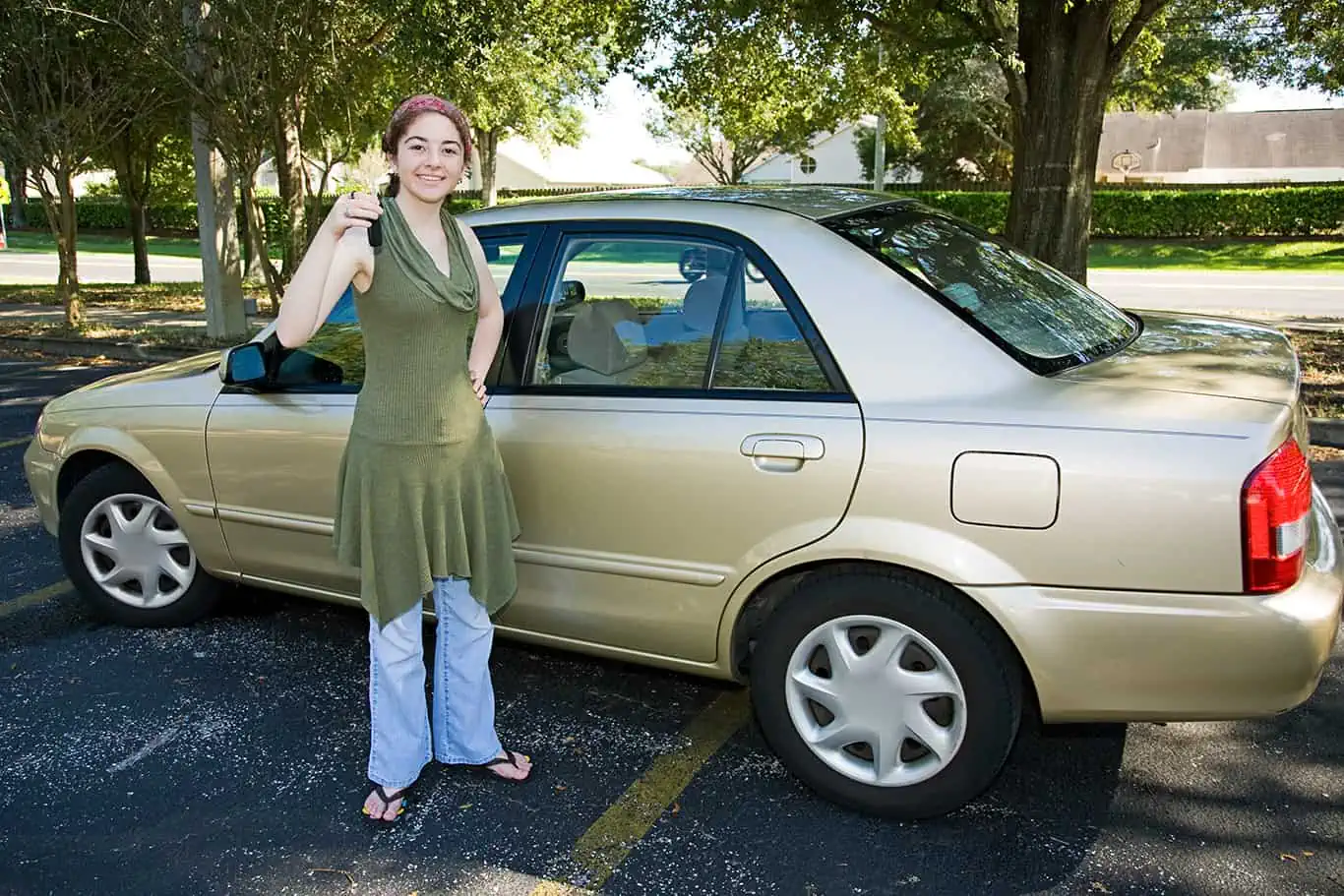
 The amount I had to take out in student loans wasn’t nearly as drastic as what some of my friends had to sign for—proud state school grad here—but there are ways those loans can pull you into paying more than you originally borrowed. For starters, I had no idea what capitalizing interest was. Basically, it’s interest that’s
The amount I had to take out in student loans wasn’t nearly as drastic as what some of my friends had to sign for—proud state school grad here—but there are ways those loans can pull you into paying more than you originally borrowed. For starters, I had no idea what capitalizing interest was. Basically, it’s interest that’s 
 The process of finding my apartment was easy since
The process of finding my apartment was easy since 
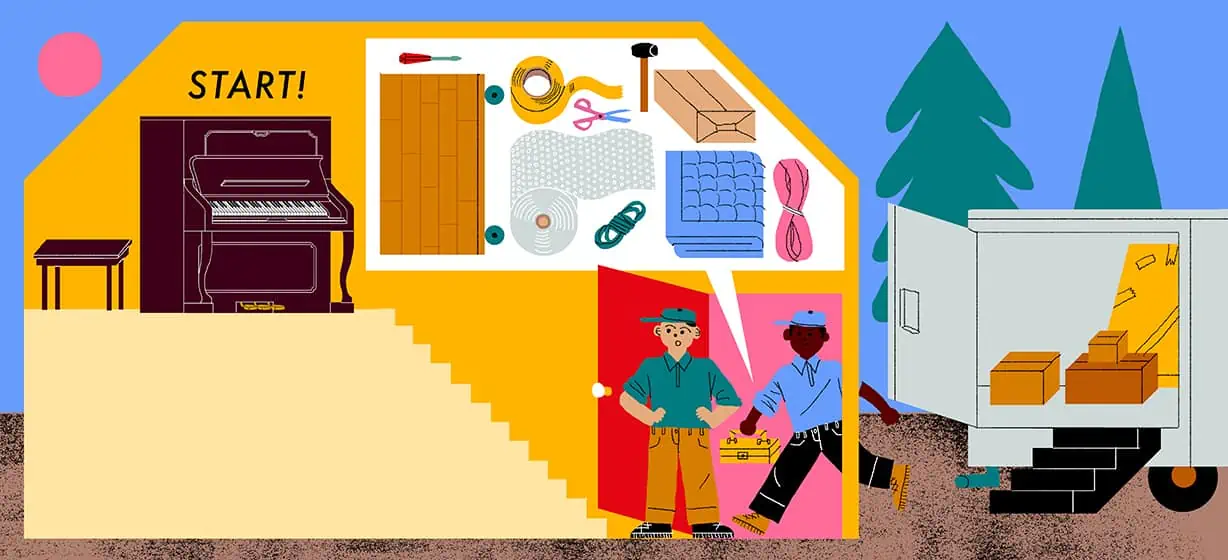

 How do I get a quote?
How do I get a quote?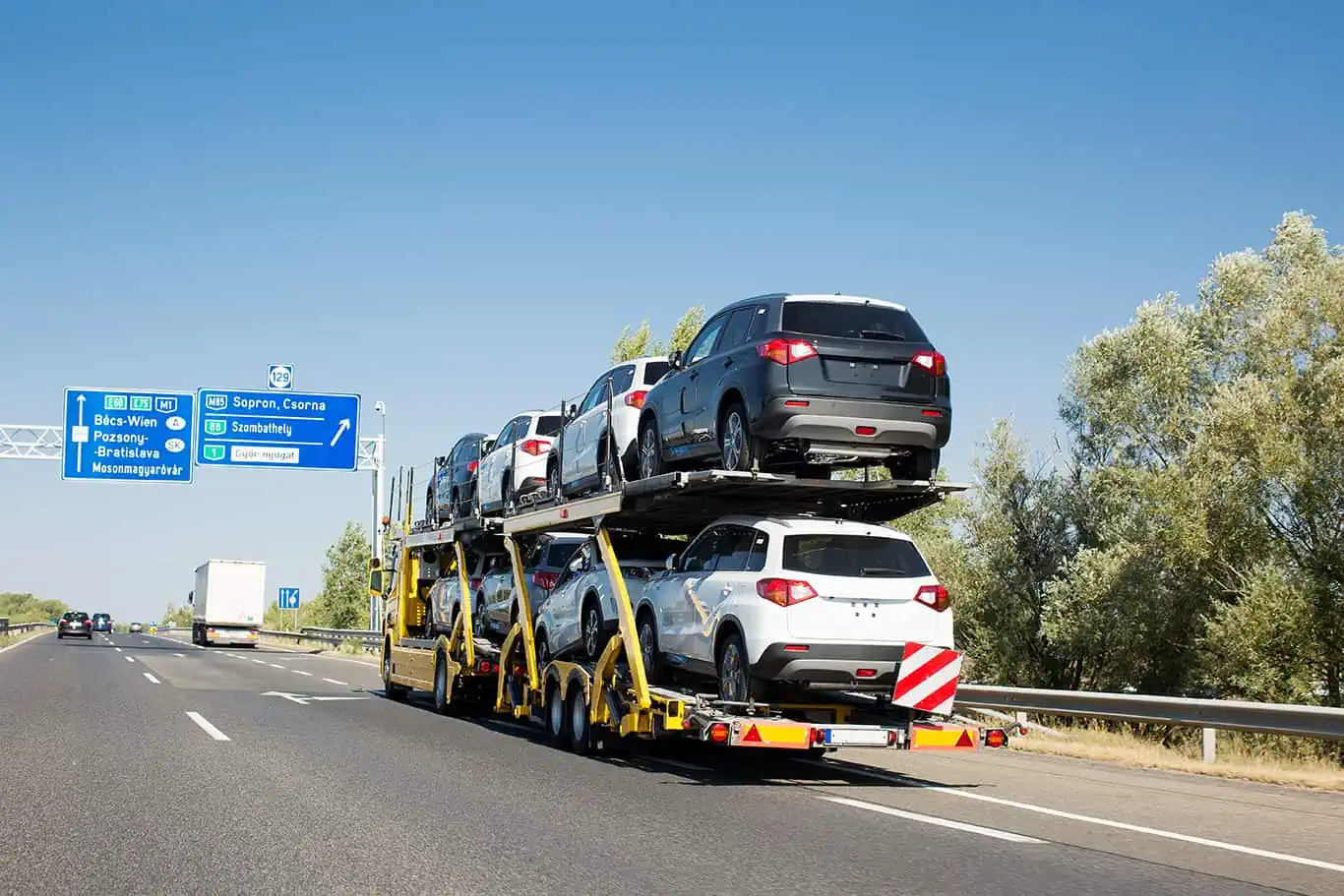

 When the truck comes to pick up the car,
When the truck comes to pick up the car, It cost us each about $1,000 to hire this DIY out, but we weighed that against packing up one house to move to another, closing on a home, and finishing things up at your old pad. So yeah, painting a room will only take about 1-2 days and costs roughly $100 in supplies, but sometimes you don’t have an open schedule.
It cost us each about $1,000 to hire this DIY out, but we weighed that against packing up one house to move to another, closing on a home, and finishing things up at your old pad. So yeah, painting a room will only take about 1-2 days and costs roughly $100 in supplies, but sometimes you don’t have an open schedule.